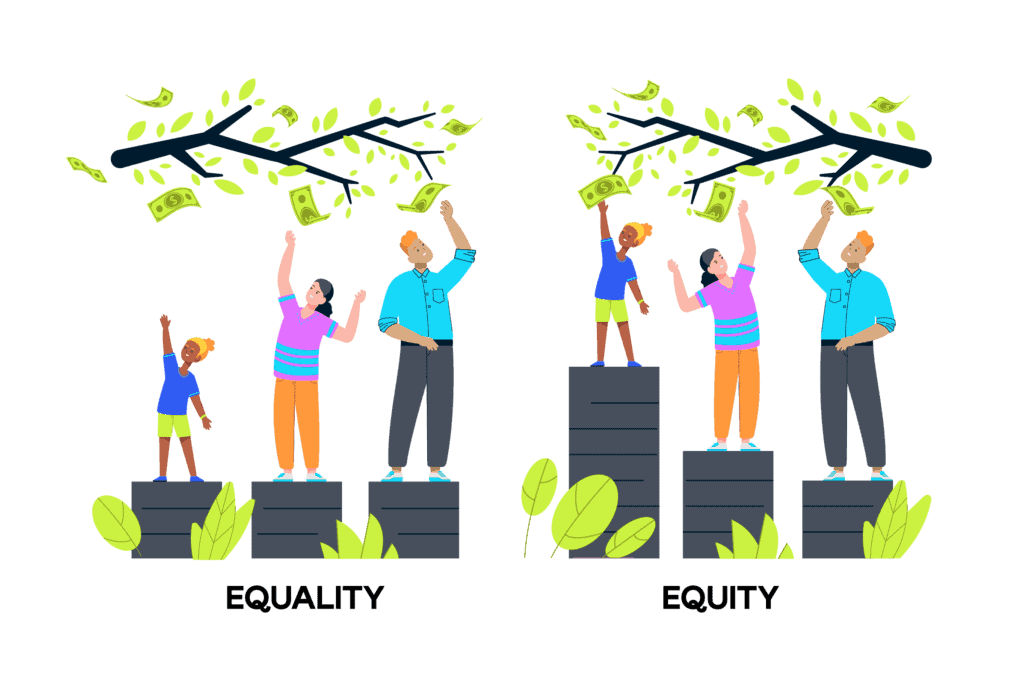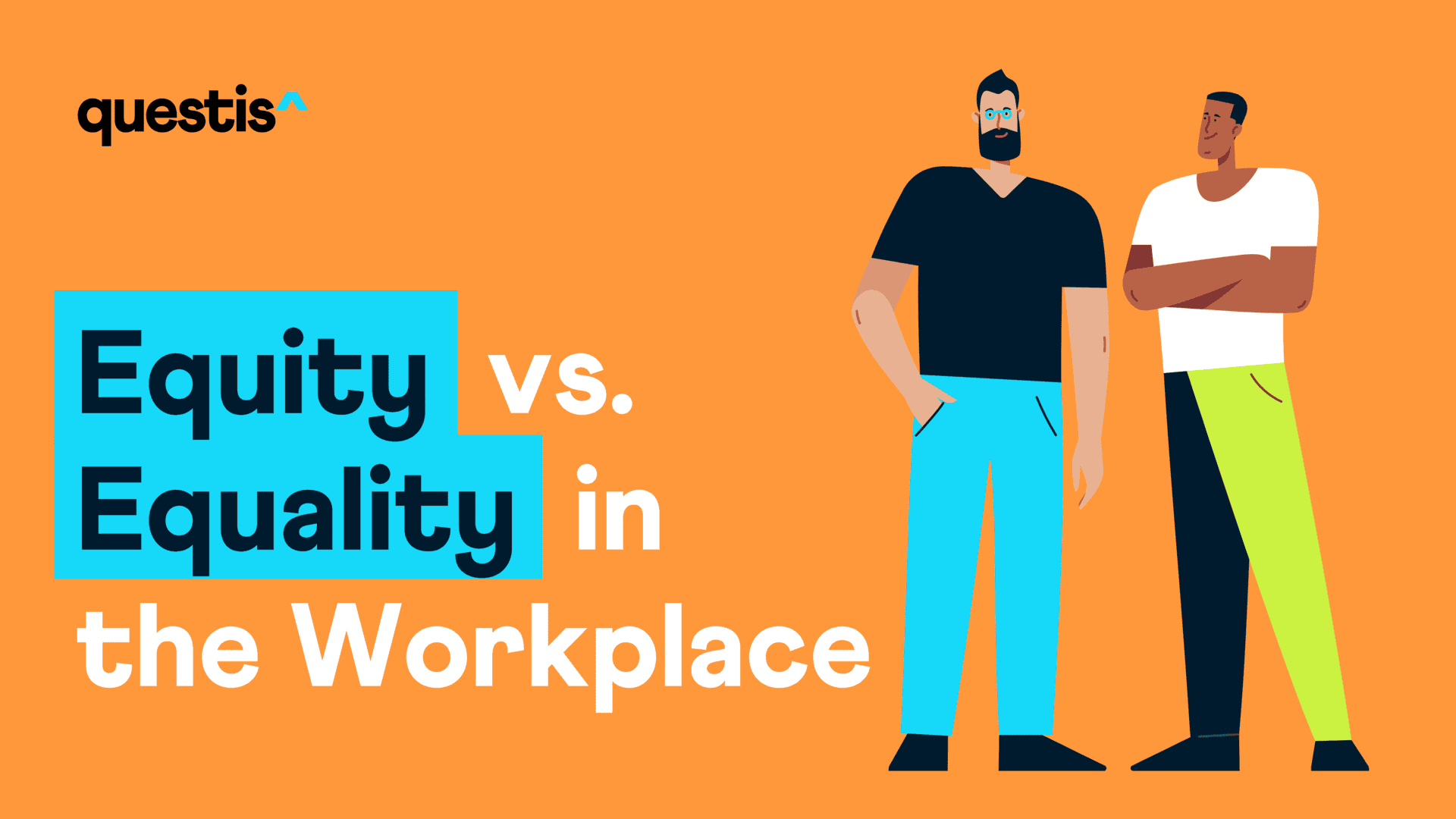Every company wants to commit to equality, but there’s often a gulf between what they say and what they do. Unfortunately, companies tend to make empty promises about equality, especially ahead of Black History Month. The challenge they overlook is that equality can’t be reached without embracing equity.
While the terms “equity” and “equality” sound similar — and are often *used interchangeably — these words have very different meanings.
Keep reading to learn what these terms mean, how they differ, and why your company must work toward both equity and equality.
What Is Equality in the Workplace?
In the workplace, equality is the concept of treating all employees the same. All employees have the same privileges and must follow the same rules. The overarching employee experience should be the same for everyone, with each worker given the same opportunities.
Equality can involve ensuring all employees have access to the same:
- Rights
- Resources
- Training
- Advancement opportunities
- Benefits
For example, your organization wants to achieve equality when it comes to external training opportunities. You should give each employee equal time and money each year to pursue learning.
What Is Equity in the Workplace?
Equity doesn’t focus on the identical treatment of all employees. Instead, equity aims to ensure that each employee’s specific needs are met. These needs can change depending on an employee’s age, gender identity, ethnicity, sexual orientation, religion, and other factors.
When pursuing equity, you aim to empower underrepresented or historically disadvantaged groups by working to make up for any differences experienced by those groups compared with majority groups.
Workplace benefits of equity include:
- Higher engagement
- Increased retention
- Stronger financial performance
- Better innovation
How Equity and Equality Differ
How do equity and equality differ in your workplace? Basically, equity takes individual needs into account, whereas equality looks at the workplace as a whole. Equity ensures that each employee can access the unique type of support they need. Equality aims to make employees feel valued at an equal level but doesn’t take an individualized approach.
Let’s look at an example of how equality and equity differ by examining time off at the end of the year.
- Equality. The business encourages all staff members to take off the last two weeks of the year, citing the many people in the office who want time off to celebrate Christmas.
- Equity. The business encourages employees to feel free to take time off any time of year, including December, to ensure they don’t feel pressure to work during the religious and cultural events they personally celebrate.
Now, let’s look at how these two concepts could be applied when offering employees financial support in the workplace.
- Equality. The business offers employees access to a 401(k) with a 50% match on their contributions.
- Equity. The business offers employees the option to contribute to a 401(k) or Emergency Savings Account, both with a 50% and a financial coach to support in planning.
Since we know that not everyone has the same financial goals, it’s important to offer financial wellness benefits that support the needs of a diverse workplace.

The Takeaway
Equality is a noble goal, but many workplaces fall short because they don’t also focus on equity. When you give everyone the exact same resources and opportunities, you miss the opportunity to fill gaps between employee groups. Building a workplace where equity is present can be more challenging and takes time to get right, but the investment creates a more fair and diverse workplace where once-underrepresented groups can thrive.
Read more about Diversity, Equity, and Inclusion in these articles:
- Financial Empowerment for People of Color
- Why Employers Should Care About Equity for Women in the Workplace–and How to Create It
- Intersectional Employee Well-Being
When you’re ready to chat about incorporating a holistic financial wellness solution that can provide financial equity and support your entire workforce’s needs, we’re here to chat.
